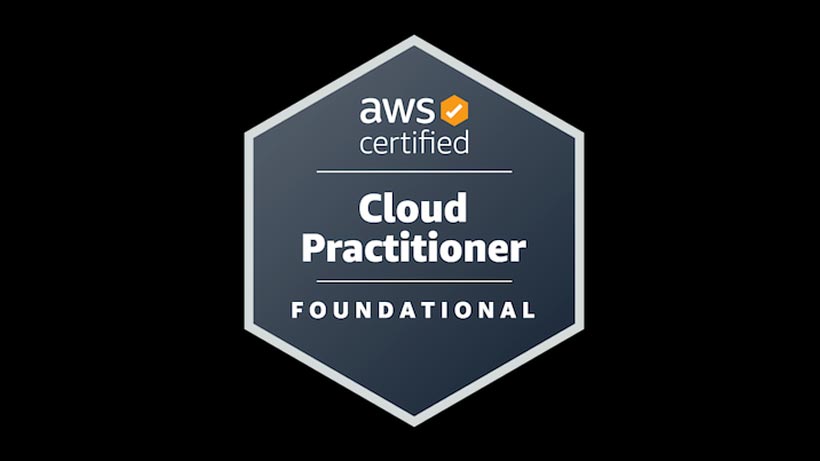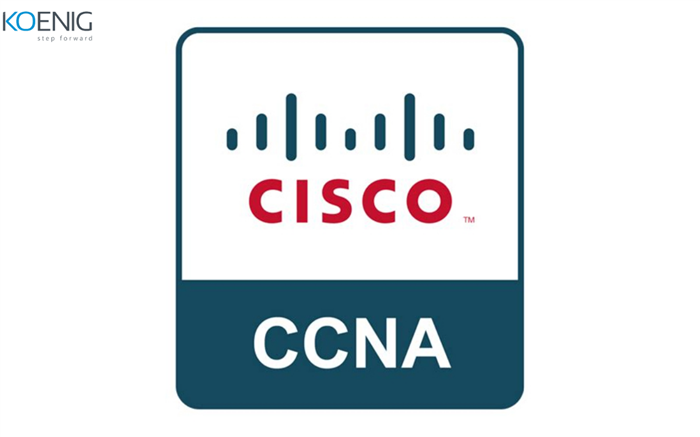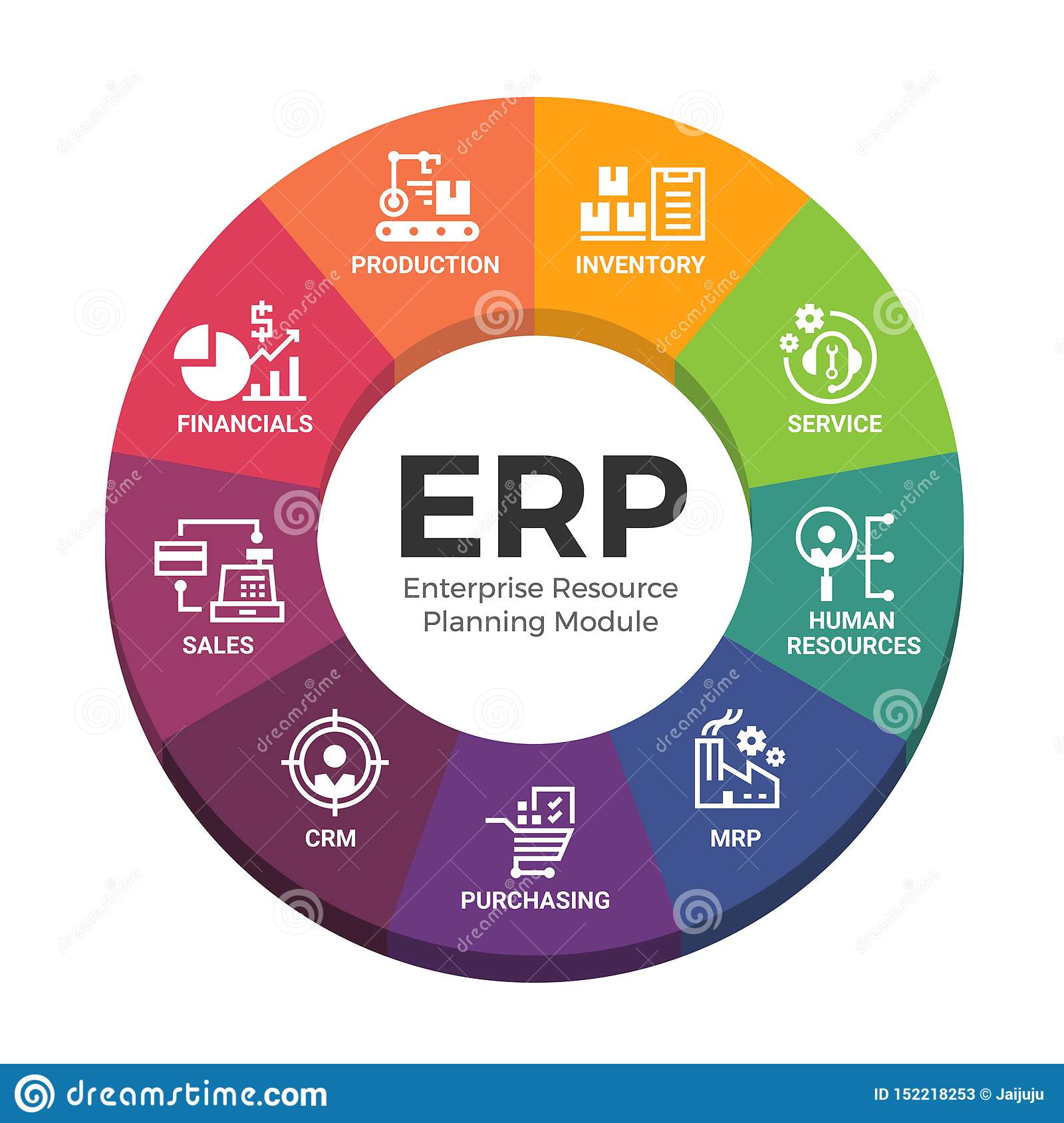Digital Marketing Basics: What It Is and Why It Matters
Published

The digital marketing industry is very dynamic and there are constantly new trends and developments. Here are some of the latest trends in digital marketing and how businesses can benefit from them:
- Artificial intelligence (AI) and machine learning: AI and machine learning are becoming increasingly important for analyzing large amounts of data and creating personalized content and offers. Companies can capitalize on this trend by using AI and machine learning tools to create personalized marketing messages based on customer behavior and preferences.
- Voice Search: With the growing popularity of smart speakers and voice assistants such as Amazon Echo and Google Home, voice search is becoming increasingly popular. Companies should adapt their SEO strategies to ensure their content is found by voice searches.
- Video Marketing: Video marketing is becoming increasingly important to reach and engage customers. Companies can benefit from this trend by producing high-quality videos that offer customers added value and appeal to them emotionally.
- Personalization: Customers increasingly expect personalized offers and experiences. Companies can capitalize on this trend by collecting data about customer behavior and preferences and creating personalized offers and experiences.
- Influencer Marketing: Influencer marketing is still an important trend in digital marketing. Companies can capitalize on this trend by collaborating with influencers to promote their brand and products to a wider audience.
Overall, businesses can benefit from the latest trends in digital marketing by focusing on their customers' needs and preferences and developing innovative marketing strategies based on these trends.
How to build a strong online presence using social media marketing?
A strong online presence on social media has become essential for businesses to reach and engage customers. Here are some tips on how to build a strong online presence using social media marketing:
- Identify Target Audience: Identify your target audience and choose the right social media platforms they are active on. Think about what type of content appeals to your target audience and create your content accordingly.
- Post regularly: Post regularly on your social media channels to engage your audience and build your online presence. Publish relevant and engaging content to capture the interest of your target audience.
- Encourage engagement: Encourage engagement with your followers by replying to comments and messages, and sharing and commenting on user-generated content (UGC).
- Use visual content: Use visual content such as images and videos to increase engagement with your audience. Use a consistent visual identity and make sure your content is optimized for the platforms you post on.
- Social Media Advertising: Use social media advertising to reach your target audience and strengthen your online presence. Create target group-specific advertising campaigns and use the platforms’ targeting options.
- Analysis and optimization: Analyze your social media activity regularly to see what content is performing best. Optimize your content and strategies accordingly to achieve better online presence and higher engagement rates.
Through a targeted social media strategy and consistent implementation, companies can build a strong online presence and reach and engage their target group on social media platforms.
What role does content marketing play in digital marketing and how can you use it to generate leads?
Content marketing plays an important role in digital marketing as it helps reach and engage customers by creating relevant, valuable and engaging content. By creating content that speaks to the needs and interests of the target audience, companies can connect with potential customers and build the trust needed to sell products or services.
Here are some tips on how to generate leads using content marketing:
- Identify Audience: Identify your audience and create content tailored to their needs and interests. Use keywords and other SEO techniques to ensure your content appears in search results.
- Create high-quality content: Create high-quality content that is valuable, informative, and engages your audience. Use engaging language and visuals to capture your audience's interest.
- Include call-to-action (CTA): Include calls-to-action (CTAs) in your content that encourage the reader to get more information or contact you. Place CTAs in appropriate places, such as at the end of a blog post or in a pop-up window.
- Offer a lead magnet: Offer a lead magnet to encourage potential customers to leave their contact information. A lead magnet can be, for example, a free e-book, a white paper or a webinar.
- Social media distribution: Share your content on your social media channels to make it available to a wider audience. Use appropriate hashtags and tagging to gain more visibility.
- Analysis and optimization: Regularly analyze the performance of your content and optimize your strategy accordingly. Use tools like Google Analytics to measure conversions and improve your content.
Through a targeted content marketing strategy and consistent implementation, companies can generate leads and effectively address their target group.
How to effectively use email marketing to attract and retain customers?
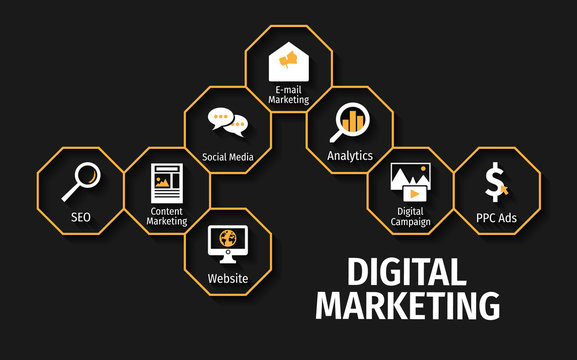
Those : stock.adobe.com
Email marketing is an important part of the digital marketing mix and can help attract and retain customers. Here are some tips on how to use email marketing effectively:
- Segment your audience: Segment your email list by interests, purchasing behavior, or other relevant factors to create targeted campaigns that are better suited to your recipients' needs.
- Create personalized content: Create personalized emails with relevant content tailored to your recipients' needs and interests. Use personalized salutations and dynamic content to increase open rates and click-through rates.
- Optimize subject lines: Write attractive subject lines that arouse curiosity and encourage you to open the email. Use A/B testing to find out which subject lines work best.
- Include a call-to-action (CTA): Include a clear call-to-action (CTA) in your emails that encourages the recipient to go to your website or contact you.
- Use automation: Use email automation to automatically send personalized emails to specific segments of your list. Examples of automated emails are welcome emails, reminder emails or repeat purchase emails.
- Regular communication: Send regular emails to your list to stay in touch and retain customers. Use a regular newsletter to inform your customers about news, offers or tips.
- Analyze and optimize: Regularly analyze the performance of your email campaigns to identify opportunities for improvement. Measure open and click rates as well as conversions and adjust your strategy accordingly.
Through the targeted use of email marketing, companies can attract and retain customers. It is important to create relevant content, use personalized approaches and regularly analyze and optimize the performance of campaigns.
How important is search engine optimization (SEO) for success in digital marketing and which strategies are particularly effective?
Search engine optimization (SEO) plays a crucial role in digital marketing. A well-thought-out SEO strategy can help your website rank higher in search results and therefore drive more traffic to your website. Here are some effective SEO strategies:
- Keyword research: Find relevant keywords that your target audience uses to search for your products or services. Use these keywords in your website structure, metadata and content.
- On-Page Optimization: Optimize your website structure to ensure it is search engine friendly. This includes optimizing title tags, meta descriptions, headings and URL structure.
- Content optimization: Create high-quality, relevant content that appeals to your target audience. Use keywords and optimize your content to achieve higher visibility in search results.
- Technical Optimization: Make sure your website is technically optimized to provide fast loading time and good user experience. This also includes optimizing mobile user-friendliness, as more and more people are accessing the Internet via mobile devices.
- Backlink Building: Increase the number and quality of backlinks to your website to increase your credibility and authority. However, only use high-quality and relevant backlinks to avoid being penalized by search engines.
- Local SEO: If you have a local business, it is important to use local SEO strategies to get found in local search results. This includes setting up Google My Business, optimizing local keywords, and creating local content.
An effective SEO strategy can help your website rank higher in search engine results, thereby driving more traffic to your website. Implementing the above strategies can help your website attract more traffic and potential customers.
How can you optimally use online advertising (e.g. Google AdWords) to attract and convert customers?
Google AdWords (now known as Google Ads) is an effective way to advertise online and reach potential customers. Here are some ways you can make the most of Google Ads to attract and convert customers:
- Audience targeting: Use Google Ads' targeting features to show your ads only to people who might be interested in your products or services. For example, you can target by keywords, locations, interests and behaviors.
- Keyword Research: Conduct thorough keyword research to find relevant keywords for your ads. Use these keywords in your ad copy and on your landing page to achieve a higher click-through rate and conversion rate.
- Ad copy: Write appealing ad copy that appeals to your target group and makes them curious. Use clear and concise language and emphasize the value your product or service provides.
- Landing page optimization: Make sure the landing page your ads link to is clearly structured and relevant to your ads and keywords. Optimize your landing page to increase conversion rates and ensure that the user finds exactly what they were looking for on the landing page.
- Test and optimize: Run regular tests to see which ads and landing pages work best. Optimize your ads and landing pages based on results to achieve higher conversion rates and better ROI.
- Retargeting: Use retargeting ads to target people who have already been to your website but haven't converted yet. By targeting people who have already shown interest in your offer, you can increase the likelihood of them converting into customers.
By effectively using Google Ads, you can target potential customers, direct them to your website, and convert them into customers. However, it is important to regularly monitor and optimize your campaigns to ensure you get the best possible ROI.
How to achieve greater reach and higher conversion rates using influencer marketing?
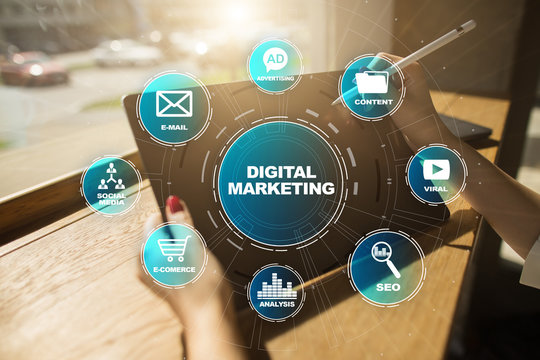
Those : stock.adobe.com
Influencer marketing is a strategy in which companies work with social media influencers to promote their products or services and increase their reach and conversion rates. Here are some tips on how to use influencer marketing effectively:
- Identify the right influencers: Identify influencers who operate in your industry and have a relevant audience. Make sure their values and messaging align with your brand.
- Create a clear campaign strategy: Create a clear campaign strategy with concrete goals and measurable KPIs. Determine what type of content to create and which channels to use.
- Create an authentic collaboration: Make sure the collaboration between you and the influencer is authentic. Give the influencer the freedom to design the content in their own way and ensure that the content does not seem like a classic advertisement.
- Use different platforms: Use different platforms to achieve greater reach. Instagram, YouTube, TikTok and other social media channels can all be used to reach a larger audience.
- Track results and optimize your campaign: Track the results of your campaign and optimize them to ensure you reach your goals. Regularly review what content is working best and what isn't and adjust your strategy accordingly.
By properly leveraging influencer marketing, businesses can achieve greater reach and higher conversion rates. However, it is important to have a clear campaign strategy and ensure that the collaboration with the influencer is authentic and relevant.
How can you use data analysis and tracking to measure and optimize the success of digital marketing campaigns?
Data analysis and tracking are important tools for measuring and optimizing the success of digital marketing campaigns. Here are some steps companies can take:
- Define clear goals: Before starting a campaign, you need to define clear goals that you want to achieve with the campaign. For example, you may aim to increase website traffic, increase conversion rates, or improve customer retention.
- Use Appropriate Tools: There are many tools that can be used to measure and track the success of digital marketing campaigns. Google Analytics is a popular tool that can be used to track website traffic, conversion rates, and other important metrics.
- Analyze the data: Once you have collected the data, you need to analyze it to understand how the campaign performed. For example, you can see which marketing channels generated the most clicks, conversions, or engagement.
- Optimize your campaign: Based on insights from data analysis, you can optimize your campaign to achieve better results. For example, you can adjust your marketing messages to make them more relevant to your target audience or increase your advertising spend in the channels that produce the best results.
- Repeat the process: Measuring and optimizing digital marketing campaigns is an ongoing process. It's important to continually measure, analyze and optimize to ensure you're achieving your goals.
By using data analysis and tracking, companies can measure and optimize the success of their digital marketing campaigns. However, it is important to define clear goals, use appropriate tools, and continually analyze and optimize to achieve the best results.
How to increase customer engagement and retention through targeted targeting and personalization?
Through targeted targeting and personalization, companies can increase customer engagement and retention rates. Here are some ways this can be achieved:
- Target group identification: First, companies must identify their target groups and understand their needs, wants and behaviors. Based on these insights, companies can adjust their marketing messages and offers to be more relevant and engaging.
- Personalized advertising: Personalized advertising allows companies to deliver more relevant advertising messages to the customers who are most likely to respond. This can be achieved by collecting data about the user's behavior and using it to serve personalized ads.
- Personalized Email Marketing Campaigns: Businesses can create personalized email marketing campaigns tailored to customers' interests and needs. For example, companies can offer personalized recommendations based on the customer's purchase history or search behavior.
- Personalized website experiences: Companies can provide personalized website experiences by analyzing the user's behavior on the website and providing personalized offers or recommendations. One way to do this is to use chatbots to personalize customer interactions on the website.
- Social media targeting: Social media targeting allows companies to show ads to customers who are interested in specific topics, products or services. This can be achieved by collecting data about the user's behavior on social media platforms and using it to serve targeted ads.
Through targeted targeting and personalization, companies can deliver more relevant marketing messages and offers to their audiences, which can help increase customer engagement and retention. It is important to respond to customers' needs and wishes and to use their data in an ethical and responsible manner.
What role do mobile marketing and the optimization of websites for mobile devices play in digital marketing?

Those : istockphoto.com
Mobile marketing and the optimization of websites for mobile devices are playing an increasingly important role in digital marketing. Here are some reasons why:
- Increasing use of mobile devices: More and more people are using smartphones and tablets to access the Internet. In many countries, mobile usage is already surpassing desktop usage. It is therefore important that websites and marketing campaigns are optimized for mobile devices in order to reach this target group.
- Improved user experience: A mobile-optimized website provides a better user experience by loading faster and displaying better on the smaller screens of mobile devices. When customers have a positive user experience, they are more likely to interact with the website or company and come back in the future.
- Local Search: Many users use their smartphone to search for local businesses and services. A mobile-optimized website can help you be better found in local searches.
- Mobile ads: Mobile ads such as in-app ads or banner ads on mobile websites are an effective way to reach mobile users.
- App Marketing: When companies have a mobile app, it is important that it is easily accessible and usable for mobile users. Through mobile app marketing, companies can increase awareness of their app and expand their user base.
- Mobile Email Marketing: Since many people check their email on mobile devices, it is important that email marketing campaigns are optimized for mobile devices. Mobile email marketing allows businesses to reach and engage their target audience, regardless of where recipients are located.
Overall, mobile marketing and optimizing websites for mobile devices are important elements in digital marketing because they enable companies to reach and engage a growing audience of mobile users.
